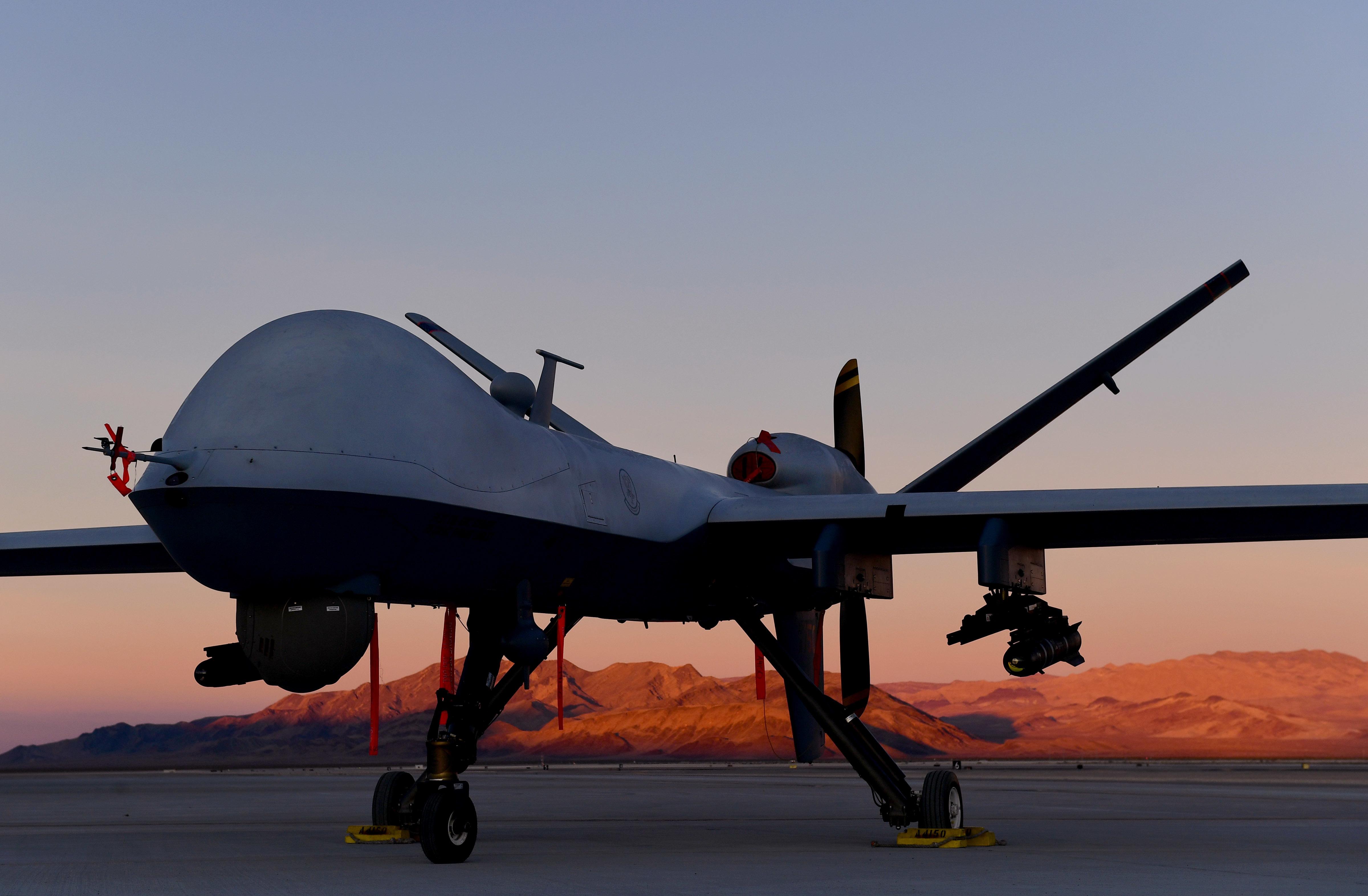AFSOC’s recent developments in the realm of airborne operations have marked a significant shift in military tactics and strategy. The introduction of the Adaptive Airborne Enterprise (A2E) is a clear response to evolving global security challenges. This program, spearheaded by the 27th Special Operations Wing in collaboration with various industry partners, was featured in a series of demonstrations at Cannon Air Force Base in New Mexico.
A2E is a direct consequence of the strategic redirection outlined in the 2022 U.S. National Defense Strategy. It underscores a transition from operations focused primarily on countering extremist organizations to a more diversified approach capable of addressing threats from near-peer adversaries in complex environments. This shift entails broadening the applications of MQ-9 aircraft beyond their traditional roles in intelligence, surveillance, and reconnaissance (ISR), and strike missions.
Under the leadership of Lt. Gen. Tony Bauernfeind, AFSOC has prioritized A2E as a key element in strengthening multi-dimensional operational capabilities. The project is divided into five distinct phases, with the initial stages already in motion. These include the development of a new government-owned command and control interface for uncrewed aircraft systems (UAS), enabling reduced operational footprints and enhanced flexibility for remote operations.
One of the most notable advancements under A2E is the ability for a single crew to control multiple MQ-9s simultaneously, representing a significant departure from the one-crew-per-aircraft norm. The program also envisions expanding this capability to include a variety of UAS types, ranging from small systems to larger aircraft like the MQ-9A Reaper.
Future phases of A2E aim to achieve even more ambitious goals. These include enabling single crews to control formations of UAS from mobile and austere environments and the establishment of new ISR units capable of employing UAS capabilities in a range of operational settings. The 2023 demonstrations at Cannon AFB successfully showcased several of these capabilities, highlighting the potential for significant advancements in military aviation technology and strategy.
AFSOC’s commitment to evolving the MQ-9 into a versatile platform capable of commanding smaller uncrewed aerial systems (sUAS) and serving as a node for mesh networks is a testament to the innovative spirit driving this initiative. The integration of artificial intelligence technologies and advanced human-machine interfaces is expected to revolutionize how military operations are conducted, especially in challenging and previously inaccessible environments.
The A2E program represents a significant leap in military aviation, aligning with AFSOC’s ongoing efforts to adapt to the rapidly changing nature of global conflicts. By fostering collaboration with defense industry partners and leveraging the ingenuity of Air Commandos, AFSOC is set to redefine the landscape of specialized airpower in current and future combat scenarios.






